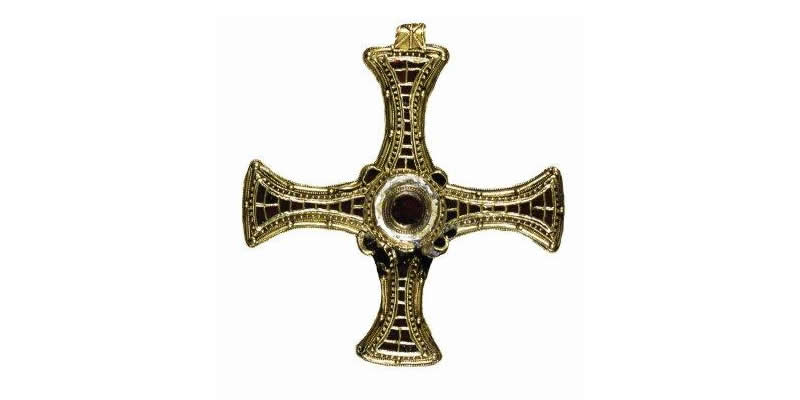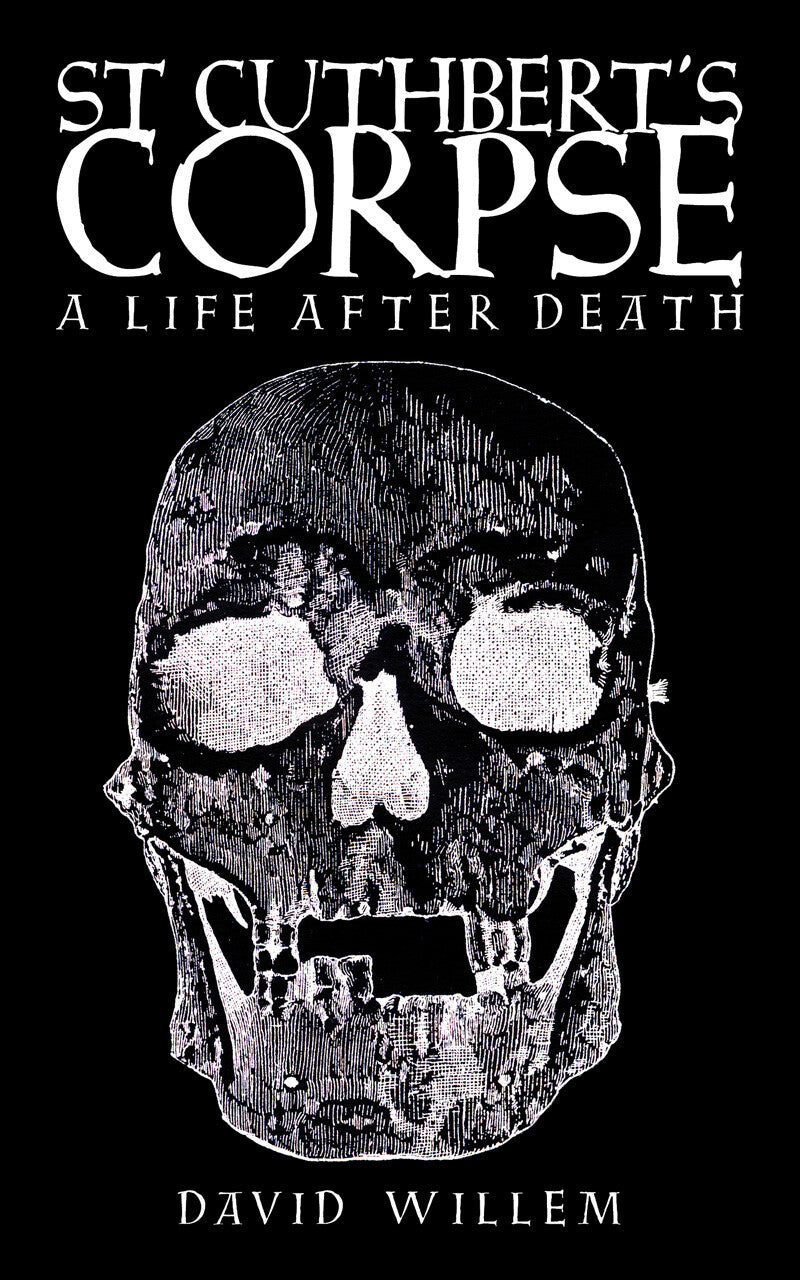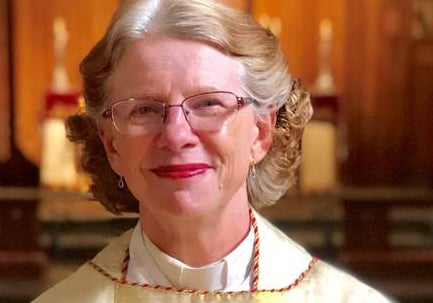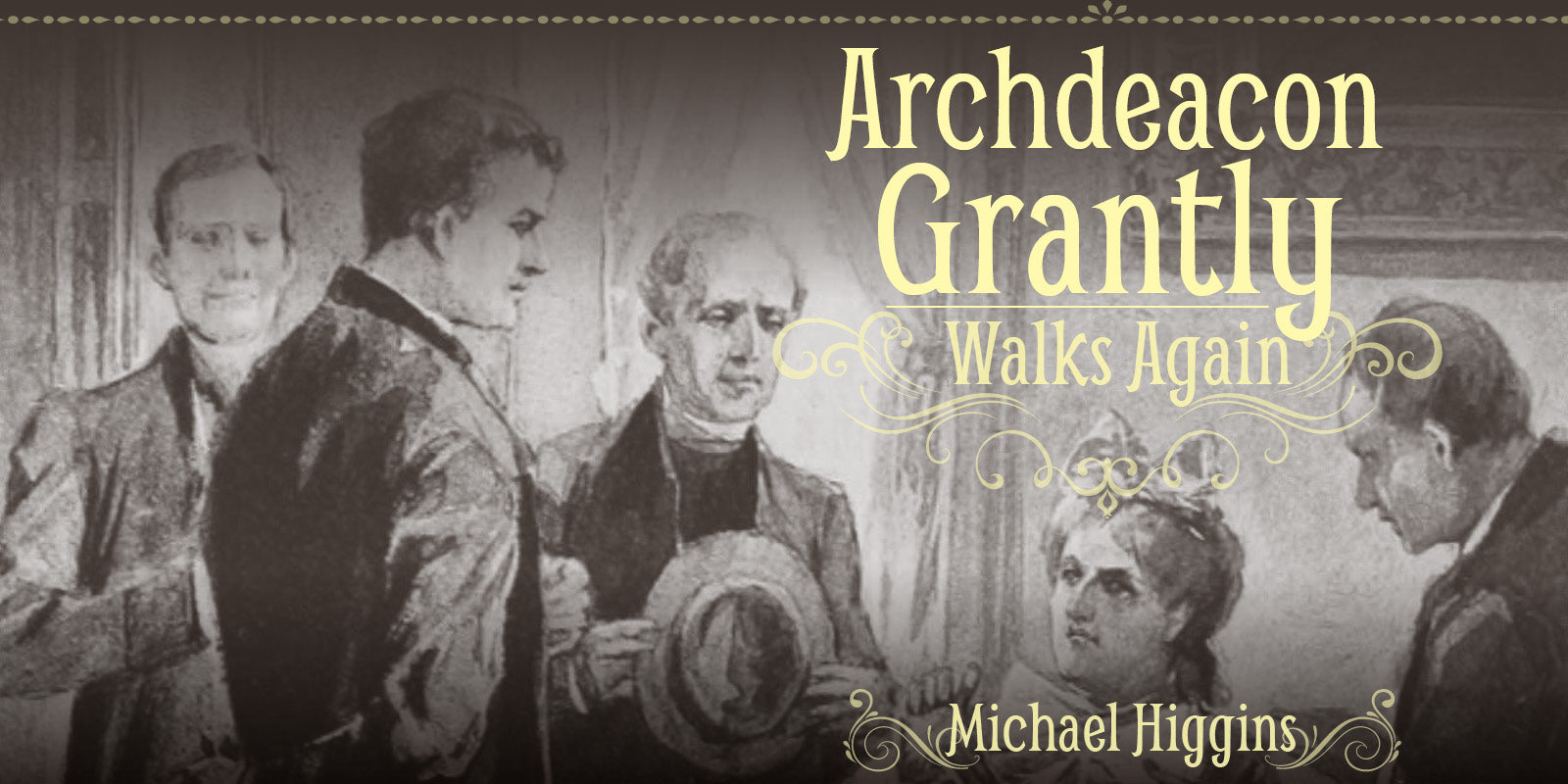This weekend the stunning Treasures of St Cuthbert go back on display at Durham Cathedral. But was Cuthbert’s famous pectoral cross – a symbol of Durham and the wider region – really his?
David Willem, author of St Cuthbert’s Corpse: A Life After Death, shares his thoughts on the exhibition and weighs the evidence.
It has been fully five years since the Cuthbert relics were last displayed in Durham Cathedral. Maybe even six. If you remember the old exhibition space – now the brightly lit shop – you will recall a place of disconcerting darkness. The Cuthbert relics lurked far at the back, displayed in pools of gloom that turned these almost unbelievable treasures into shadows of themselves.
The five years have been well spent. The new exhibition space is awesome and bright. It may be a converted medieval kitchen, but the high, stone-vaulted space feels as if you have accessed a secret chamber beneath the Cathedral. And don’t forget to look up. The height is a shock. It’s like a mini-Cathedral all by itself in there.
Of course I wanted to see the exhibition and the interpretation of all the relics. But really I had come to see St Cuthbert’s famous pectoral cross. To see again something that has been out of public view for half a decade.
It is so much smaller and more delicate than I remember it, and so much more shimmery, because it has been so beautifully lit. The cross is so golden, so much more golden than before. The old, standard photographs make the gold look dull, brassy – and a brass that could do with some Brasso at that. But this is a jewel that is scintillating. The dog-tooth crenellations, the dummy rivet-heads, the closionee walls, they scatter the light and confuse the eye, the shimmer contrasting with the deep dark red of the garnets, making them the colour of dried blood, of the blood of Christ that they were surely meant to convey. It looks so delicate too. You can see how it came to be so easily and so often broken. The whole does not speak of a bishop’s authority and power, but of a shimmering delicateness.
The other thing I came for was to see the explanatory writing beneath the cross, because, after all, the Cathedral would need to curate the cross anew, and I wanted to know if they might have changed anything in the time it has been away. Would the curators have stuck to the now almost 200-year-old explanation for its presence in our lives – that it was placed in the coffin just after Cuthbert’s death in 687, that is was, in all probability, his personal possession, possibly the episcopal cross he wore as Bishop of Lindisfarne, and that the reason it hadn’t been seen before – even by Henry VIII’s shrine-stripping commissioners – was because it had been placed so deeply beneath his robes that no one ever noticed it, until it was found in 1827?
But intriguingly, ever surprisingly, they have not updated the story. The Cathedral has chosen to stick and not twist. The curation is the same. The most up-to-the-minute explanation of the cross’s appearance in 1827 is the same as the first one from James Raine, the Cathederal Librarian, who was the man who led the ransacking of the grave 190 years ago. “Hidden in his robes and undisturbed for over 1,100 years,” the new explanatory notice reads, “Cuthbert may have worn it during his lifetime as an episcopal (Bishops’) cross.” James Raine said more or less the same thing.
Yet even on face value, this story has never made sense. If it was his bishop’s cross, why was it hidden beneath his robes? Why wasn’t it on the top, for all the world to see? Why would anyone hide this most valuable statement of Cuthbert’s authority in a way that no one saw it for more than a thousand years?
Putting the episcopal part of the puzzle aside, nothing else makes much sense either. Everything about our understanding of crosses like Cuthbert’s now points another way. Anglo-Saxon experts see this type of cross as a female ornament. Because, when we know the provenance of the other gold-and-garnet crosses that have survived from this period, they have only been buried with women. The composite disc brooches and pendents from which these crosses derive, they too are found buried with women. So we have to ask how this jewellery ended up on Cuthbert’s body. Why would anyone put a female ornament on a male bishop?
This is the question I puzzle over at the end of my book St Cuthbert’s Corpse: A Life After Death, to try and find a way for the presence of the cross in the coffin to make sense.
But it is possible to push the question even further. What if the cross was not placed in the coffin in the seventh century when Cuthbert died? What if it was put in the coffin during the dissolution of the monastery in the sixteenth century, to keep it safe after the shrine had been ransacked? This radical scenario would have the virtue of explaining why – despite the well-recorded exhumations and examinations of Cuthbert’s remains down the centuries – no one had seen the cross before 1827.
This possibility is not simply speculation. There is another anomalous cross you can see in Durham. A hundred yards from the Cathedral north door, in Palace Green Library’s Wolfson Gallery, you can see a medieval pewter cross on display – a tiny pilgrim badge, a tourist trinket in effect – that looks as if it could be a crude copy of the Cuthbert cross. Found in the River Wear beneath Elvet Bridge by archaeologist Gary Bankhead in 2011, if this cross is proved to be a medieval representation of the Cuthbert cross, it would collapse the notion that the original could have been safely tucked up in his coffin at the same time. Because how could anyone know what it looked like?
The Bankhead cross makes things very interesting, and I am working through the more speculative possibilities in my blog. But what is exciting about all these questions is how alive they are. The Cuthbert cross is a symbol. Of Cuthbert of course, but also of Durham and the North East – the original community of the Saint. It connects us to the very beginnings of Christianity in these islands, to a time before England was even a state. It links us to Celtic monasticism and to the British church’s acceptance at the Synod of Whitby of Roman corporate Christianity. It makes us wonder how a sumptuous jewel ever came to be on an emaciated hermit’s body. Its ambiguity makes us ask about the ornaments appropriate to men and women, and how our Anglo-Saxon predecessors showed their concern for their dead. It fores us to confront why a Protestant librarian might ransack a saint’s grave in the early nineteenth century, and what was really found when he did. The Cuthbert cross is a symbol of all this, but it is a symbol that is now at play. And that makes life exiting.
David Willem is the author of St Cuthbert’s Corpse: A Life After Death, available in paperback and e-book formats.
Open Treasure, which houses the Treasures of St Cuthbert, is a world-class exhibition and is, in the opinion of Sacristy Press, well worth travelling to Durham to see. More details on the Durham Cathedral website.











